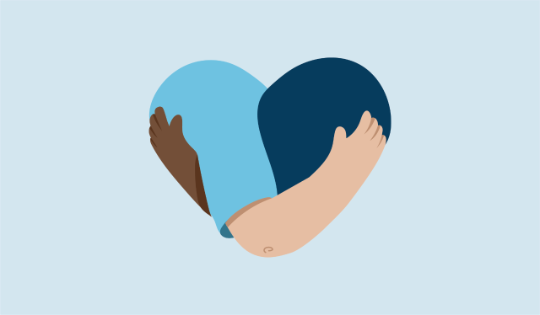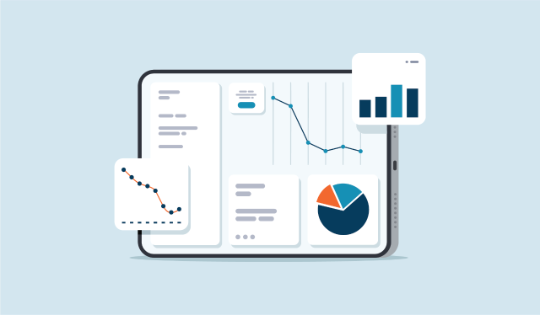
Getting treatment for
Stage 2B or Stage 2C
melanoma after surgery
To help prevent a type of skin cancer called melanoma
from coming back in certain people with Stage IIB
or Stage IIC melanoma after it has been
completely removed by surgery

Getting treatment for
Stage 2B or Stage 2C
melanoma after surgery
To help prevent a type of skin cancer called melanoma
from coming back in certain people with Stage IIB
or Stage IIC melanoma after it has been
completely removed by surgery
Actor portrayals.
Your treatment will continue as long as it is working, and side effects are manageable for up to 1 year.
Talk to your doctor about your plan and ask any questions you may have before starting treatment. Only your doctor can make specific recommendations about your treatment.
Learn more about the differences between OPDIVO infusions and OPDIVO Qvantig injections below so you can have an informed discussion with your healthcare provider.
It is not known if OPDIVO Qvantig is safe and effective in children.
For adults 18 years and older, you and your doctor may have the choice between intravenous (IV) infusions with OPDIVO and under-the-skin injections (subcutaneous injection) with OPDIVO Qvantig.
To make it easier for your treatment to fit into your routine, try to schedule your appointments for the same day and time each week. You can also designate that time to talk with your healthcare team to let them know how you’re feeling and to ask questions.
If you are getting an infusion, try to wear clothes and shoes that make you feel comfortable so it’s easier to relax. Think about bringing a light blanket or a travel pillow for even more comfort. If you are getting an injection, try to wear loose clothing to your injection appointment. That way, it’s easier for your healthcare team to easily access your stomach area (abdomen) or thigh area to give your injection. Some ideas include a large T-shirt, shorts, sweatpants, or something similar.
Help pass the time at your treatment by bringing a book, magazine, tablet, or using your phone. (And don’t forget to bring your chargers.)
For many people, needles can be scary, but there are ways to help cope when receiving your injection. Some tips include not watching the needle, keeping yourself distracted with a short video or your favorite music, practicing deep breathing by counting to four on each inhale or exhale, and relaxing the muscle where you’re receiving your injection.
It’s important to pay close attention to how you feel during and after treatments and let your healthcare team know how you feel. During treatment, your healthcare team will also check you for side effects and may treat you with additional medications to help relieve them. Your healthcare team may also need to delay or completely stop your treatment if you have severe side effects.
We hope that the information on this page is helpful but be sure to communicate with your healthcare team because they are your best source of information. Talk to your healthcare team about anything you may be experiencing during your treatment. See below for possible side effects.
Learn more about the complimentary OPDIVO with You support program
Explore resources to help you along your treatment journey
Explore findings from clinical trials with OPDIVO and OPDIVO based combinations








